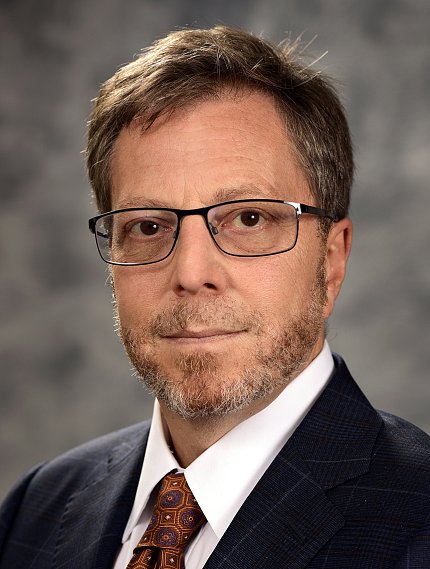Covid-19 Researchers Gain Quick Access to Surveys, Protocols

Photo: Steve McCaw
A new collection of resources and tools for epidemiologists, clinicians and other scientists studying Covid-19 became available in April thanks to the NIH Disaster Research Response (DR2) program. DR2 is led by NIEHS in collaboration with NLM.
In addition to the new Covid-19 resources, DR2 offers a compilation of more than 350 disaster- related data collection tools. The resources include survey questions already in use, training materials and study protocols pre-reviewed by institutional review boards. The collection has been used to help improve study designs and speed the launch of time-critical studies in response to Hurricane Harvey, wildfires and other disasters.
The new data collection tools and protocols, hosted by DR2 in collaboration with the NIH-funded PhenX Toolkit, will enable research using these tools to be more easily compared and more broadly applied, according to NIEHS senior medical advisor Dr. Aubrey Miller. “Researchers can build on each other’s efforts, rather than having many unique surveys whose findings cannot be combined,” he explained.

Photo: Steve McCaw
Dr. William Riley, head of the Office of Behavioral and Social Sciences Research (OBSSR), encouraged scientists to select Covid-19 survey items and protocols from these repositories. “Researchers with additional survey items about to be fielded are encouraged to make them public for other researchers to consider, by submitting the survey to NIHCOVID19Measures@nih.gov,” he said.
Such public sharing of survey tools is uncommon, yet especially important in an emergency, according to NIEHS acting deputy director Dr. Gwen Collman. “People generally publish their findings, not their data collection tools,” she explained. “Now, instead of spending weeks or months to develop them, or days trying to locate them, researchers can save valuable time by seeing how a question has already been asked.”
OBSSR has led NIH efforts to ensure that data collection tools related to the coronavirus were posted on the DR2 website and the PhenX Toolkit, to improve the usability of these high-value resources. Studies of the pandemic need to be fielded in just a few weeks—a phenomenally short time. When asked about these ongoing efforts, Miller said that it is all-hands-on-deck right now to help support the research community through NIH platforms. “We are working with researchers from across NIH, under short timelines of high-intensity activity, to help support our research enterprise response to this crisis, from multiple perspectives,” he said.
Riley agreed. “The staffs involved in PhenX and DR2 have been absolutely wonderful in working with the trans-NIH group to get a listing of Covid-19 survey items posted, so others can use what already exists instead of creating their own,” he said. Thus the urgency—every day, new studies are being launched and organizers want to make the results as useful as possible.
“DR2 was built for just this type of situation—to make us more resilient during a public health emergency or disaster—in response to the 2013 call from NIH director Dr. Francis Collins and others,” Miller said. He was referring to a publication by Collins, Dr. Nicole Lurie, then-assistant secretary for preparedness and response, and colleagues.
Miller noted that the 2009 H1N1 flu pandemic and NIEHS efforts to respond to the 2010 Gulf oil spill were among the scenarios discussed when designing the program.
The NLM Disaster Lit site serves as a clearinghouse for research tools that are then curated and added to the DR2 repository. “NLM is committed to providing timely access to health information for researchers,” said Stacey Arnesen, deputy chief of the NLM Public Services Division. “Adding the tools to DR2 is a great example of collaboration across NIH to quickly collect, organize and widely disseminate these resources.” The collection evolves quickly as users submit new resources.
OBSSR provides surveys to DR2 with Covid-19-specific questions in topics as diverse as social distancing, cannabis use, prenatal and perinatal experiences, sleep changes and more. NIEHS provides worker training resources in English and Spanish, along with materials targeted for community members as well as clinical and emergency medical workers.
